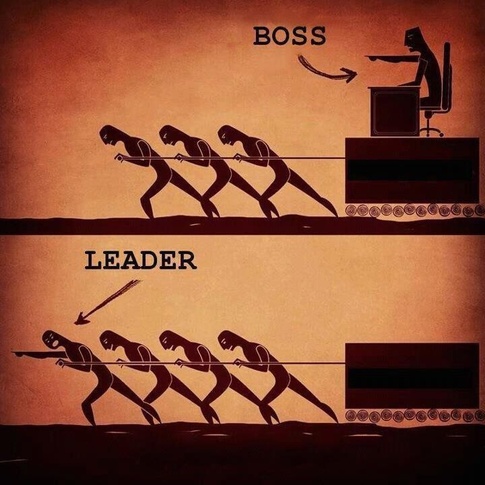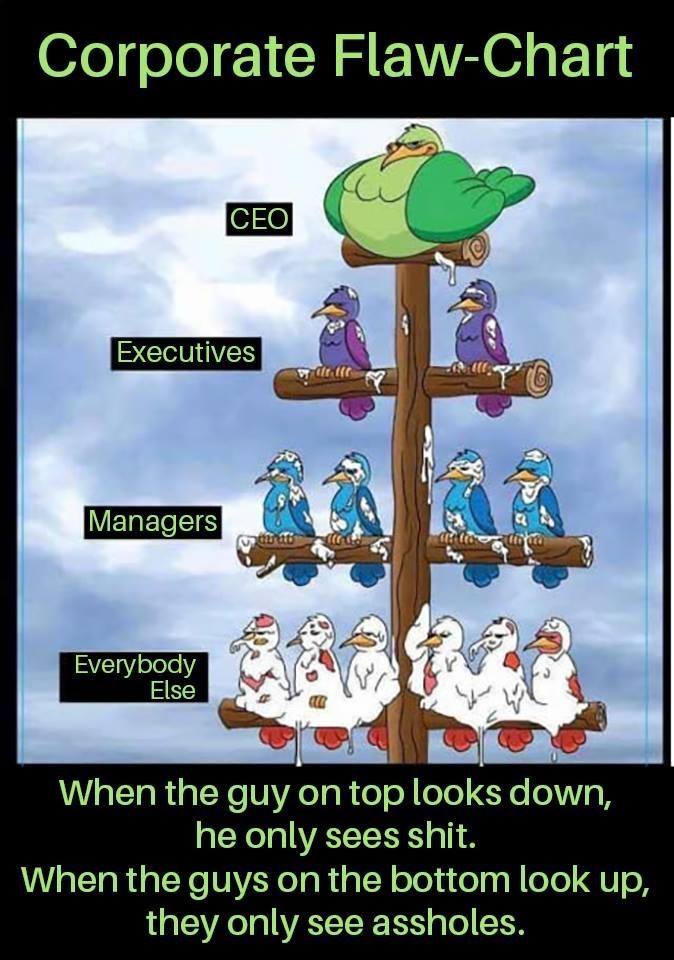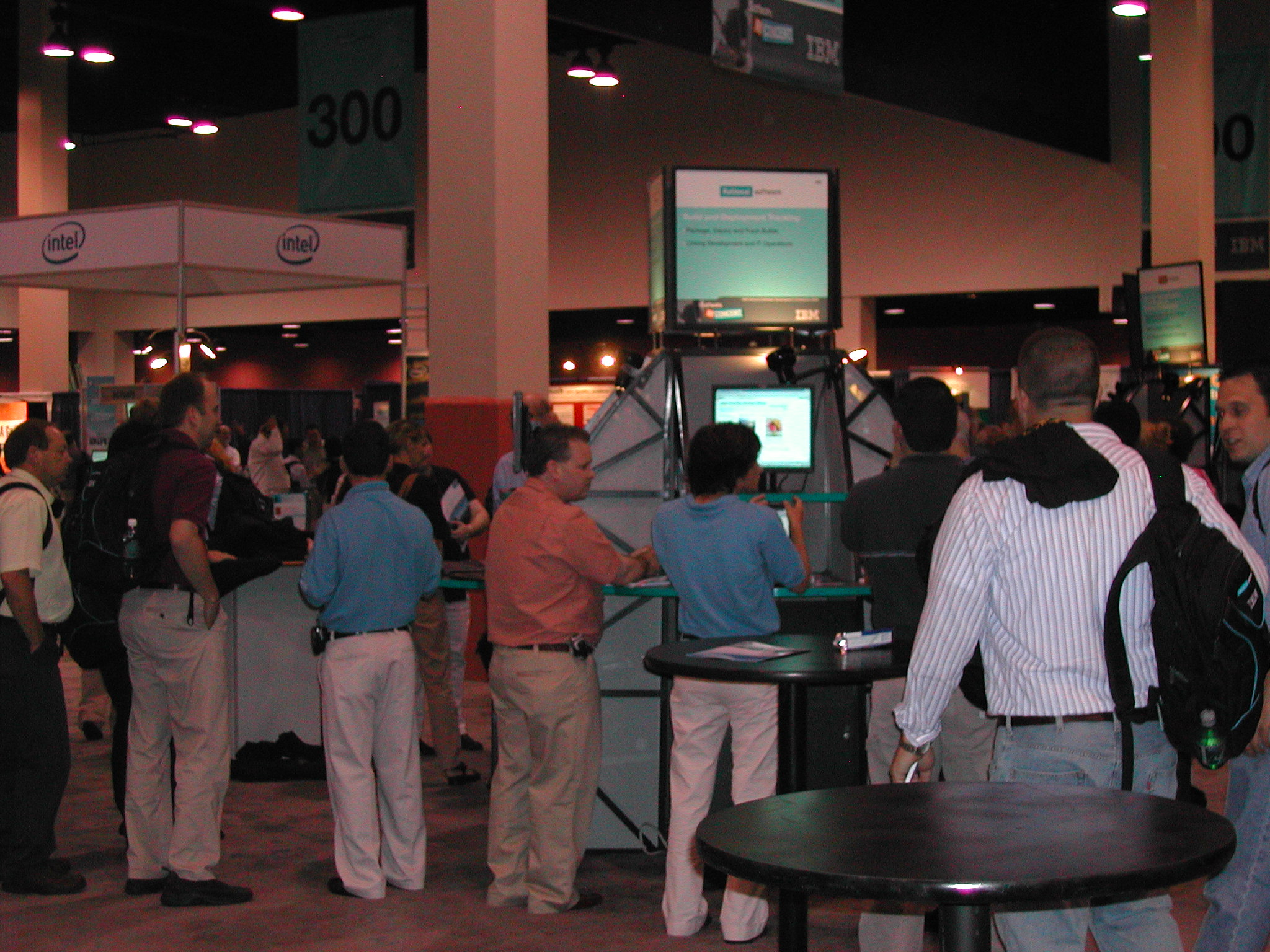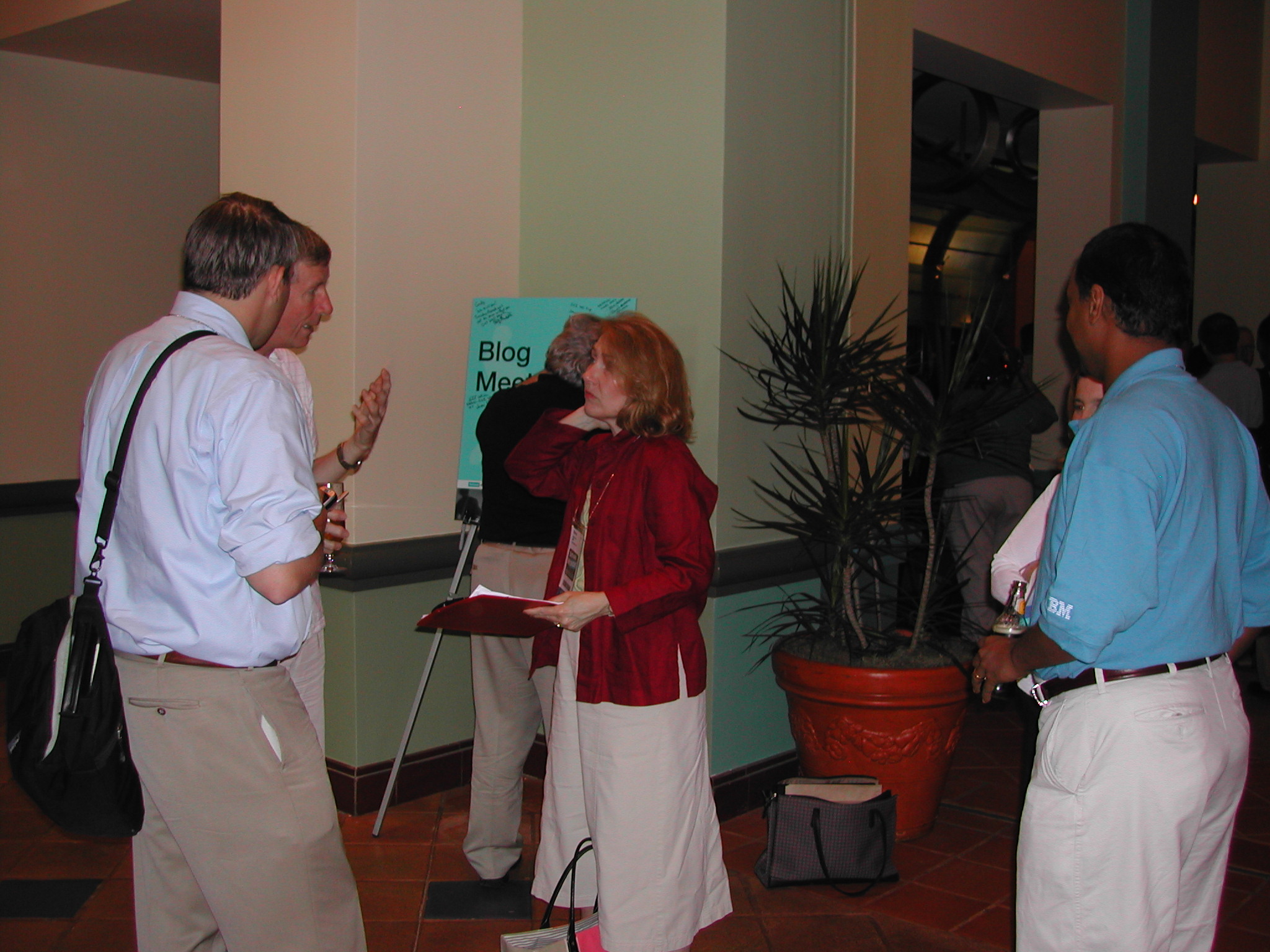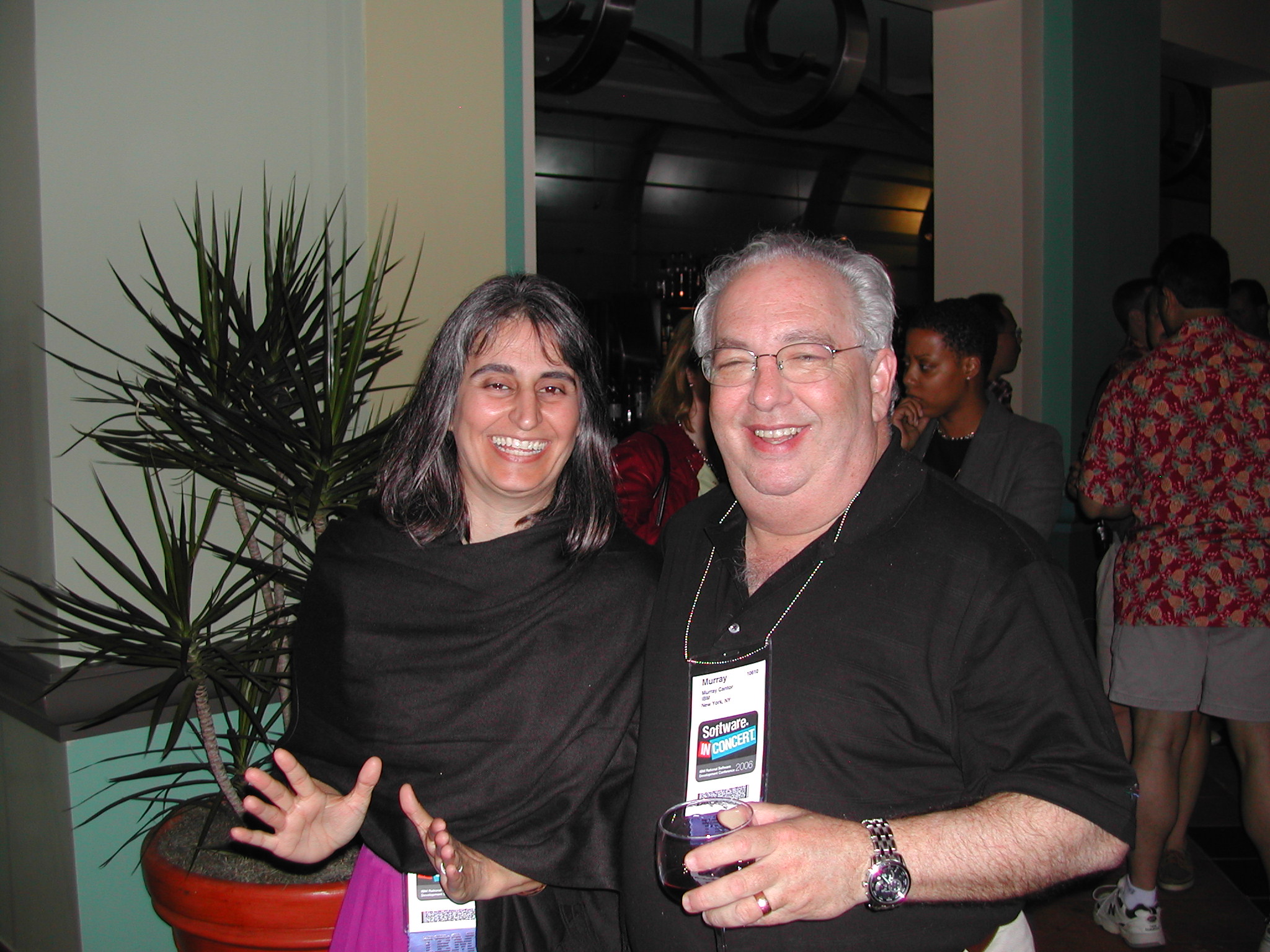 I really like to have discussions with insightful people. I thought this was going to be mostly on all things Open (there is a good deal of that, don’t worry), but I came away thinking here’s a guy that really knows where he’s going and what he’s doing. I found his answers to my questions fascinating and I hope that you do also.
I really like to have discussions with insightful people. I thought this was going to be mostly on all things Open (there is a good deal of that, don’t worry), but I came away thinking here’s a guy that really knows where he’s going and what he’s doing. I found his answers to my questions fascinating and I hope that you do also.
Doug delves into the beginnings of IBM’s Software Group, strategy issues, pattern recognition to solve problems, the future, the most important skill at IBM and IT analysts.
What is your job title (and what does that really mean as far as your job)?
Director, Software Group technical strategy,
I wear a number of hats. I sit in the headquarters of Software Strategy Group and we worry about big picture issues. We plug holes and identify issues that span all the brands in Software. We worry about things like emerging technology and globalization as well as marketplace landscaped issues. We worry about the Venture Capitol efforts, Strategic Alliances, and things like Open Source.
I have a number of operational responsibilities including running the Open Source Steering Committee for SWG. We process and approve Open Source use, distribution, donations of code or programs, and ensure that proper legal and business reviews are done. We also deal with compliance to mandates about strategic platform support. common criteria certification, and accessibility legislation issues. These mandates are put in place to insure that the IBM platform of middleware products are as collectively valuable as possible. All of the pieces of the software portfolio need to be coordinated for proper delivery. All components need to be there making a cohesive platform and we help coordinate that. I’m also the sponsorship executive for the International Collegiate Programming Championship. That’s a lot of fun.
There are always interesting issues to be considered, questions to be asked and answered, and cracks that need to be filled. We do this also.
Besides the operational side of my team’s responsibilities, we have the bigger strategy side. At any given time, we are working on many strategy projects. We look at the Open Source world and viable business models. We are working hard on the Open Document Format (ODF) strategy for IBM. We provide some support for our field and government relations teams. We are exploring issues like the convergence of VOIP and data network and the kinds of next generation mixed modal applications that become possible, real-time systems, and community effort around building Enterprise Service Buses. In other words, we oversee a lot of activities and projects.
I have a team of bright creative people and we build virtual teams bringing together some of the best minds from across the company including those from research for pattern recognition to solve problems.
When I speak at high school career days, I obviously get the question “what is a strategist” To answer this I show the kids a series of charts of various different technology trend lines over time such as memory density and price, storage density and price, networking speeds and broadband penetration etc… and then I ask them, If you knew all this what would you invent?” The answer turns out to be an I-Pod. A strategist looks at patterns and how they collide to create new opportunities to innovate and invent. We help identify these trends and make recommendations about what IBM should do to capitalize on them.
We also do a lot of ad-hoc consulting for various projects across IBM. We are on numerous advisory boards on a variety of subjects.
How did you get to where you are.. Do you have some work experiences that you would like to relate?
I took a non traditional route.
I started working for IBM right out of college in 1989. I did my under graduate work in Politics and Economics, then did my graduate work in International Economic and Social Administration at the University of Grenoble in France. I’m a second generation IBMer, an IBM brat so to speak. My dad was the CAD/CAM guru for Canada. After graduation, I was looking around trying to figure out what I wanted to do and my dad suggested that I interview with IBM, so I went through the interview process, and at my final interview with the Montreal Branch manager I asked him “why would you hire someone like me?”
The answer is one that I still remember quite clearly and that I relate to new employee classes and to high school students at career days. It went sort of like this: “The stuff we do here you can’t learn in school, the stuff we are going to be doing in 6 months….. – we haven’t invented yet. I’m going to send you to school for 8 months to learn what it takes to succeed in this business. You will never stop learning. You will read 100’s of pages of journals every week and will attend many courses every year, The people I hire have demonstrated a passion for learning. That is the most important skill you can have at IBM”
I’ve been fortunate to have many different career experiences at IBM. This is certainly one of the great things about working for a company with the size and breadth of IBM.
The first thing I did was being a CAD/CAM specialist, sort of following my Dad’s footsteps. Soon after, four of us from across IBM Canada were recruited to become the first sales people for a fledgling software business… what would become the Software Group. That grew into Operating Systems, LAN, and a number of other things. From there, I went to Ottawa as a Sales Specialist.
Fate then stepped in when, as a result of my frustration on hearing all my customers relate how they had been to Redmond to hear the Microsoft story, I wrote a 2 page business case arguing that we should build a capability to explain the big software story and the value of all our middleware products as a platform. At the time you had to go to a lot of different places to here about a lot of different parts of IBM Software. I argued in my paper that we should develop a customer program that became known as “Software in Action”. It was also more frequently referred to as the Ron (Sebastian) and Doug show. Mike Rhodin (now Lotus GM) happened to be at a briefing center when we were doing this, saw us, and subsequently asked us to do it worldwide. After this, I went to pervasive computing and ran standards for 2 years and became chairman of the SyncML initiative (a standards organization for data synchronization), Then I managed strategy for pervasive computing. Then I moved to the SW strategy group to work with government and open standards, and was subsequently promoted to my current position.
What is unusual is that after 17 years, this is the first job I’ve ever inherited from someone else. All of the others were invented, In fact they were all newly created jobs. But it all ties back to the lecture on learning at my IBM interview.
What I love about working at IBM is the rate of innovation and change. We are always doing new and interesting things. We went from tabulating to the 360, from mainframes to services. We are always reinventing and making the transition leap to the next generation of technology, always adapting to new market dynamics and changing customer requirements.
It’s interesting, when I speak to new employee classes, to explain to them that everything I’ve done has been somewhat accidental instead of having a planned career. It is difficult to chart a career progression in a company like IBM because the landscape and technology is so dynamic.
One new employee in one of these sessions said to me “I think I understand what you are trying to tell us….There will always be new opportunities to do new and interesting things… always be prepared to take advantage of a new opportunity when one presents itself. There are always new ways to do something and be prepared to embrace them.” I couldn’t have said it better myself.
Any hobbies or fun stuff you want to discuss?
I don’t have as much time as I would like. My passion is my children and they are my joy. I love coming home and finding out what they did during the day and reading to them. I’m also an avid skier and I play guitar. I love to canoe and camp. In fact my summer job before IBM was as a canoe guide.
How do you describe what you do to your family and those who don’t work in our industry?
The simple answer is that we try to figure out what the world is going to look like in 5-7 years and try to make recommendations on what to do about it. Part of the art, the challenge of this, is that world is a long way away from where we are todays. Articulating some wonderful vision about what the world might look like to a general manager who is worrying about this quarter’s earnings is tough. You have to bridge today and tomorrow and lay out the steps to get there, a pragmatic approach with intermediate steps. You need to tell the story of the journey.
What are good things about your job?
I have the privilege of working with extraordinarily bright people. They are fun to be around and I have a great opportunity to learn something new every day. I get to work on the leading edge, It’s creative and imaginative. We try to turn research into something real and relevant.
What are things you would change?
I need more in-box discipline. My scope is so large, I speak a lot and am away a lot of the time, so I need to do better at this. I’m convinced there is an important business opportunity in helping people (like me) to manage the volume and complexity of information they are exposed to. I also thought an Inconvenient Truth was true, later to find out it was political propaganda.
What are the biggest challenges at IBM?
The traditional business challenge of “how do you grow?” Where do we go from here? How to continue doing what you do well while trying to be well positioned for emerging opportunities? Part of it is cultural and creative, Part of it is agility. We have an advantage because of our strengths and insights : our intellectual property, our smart people, our global presence All of these are better than anyone in the world. Figuring out how to grow, how to leverage our strengths has always been an issue. Transition has been a big strength of IBM. The current Open issues (like ODF and Linux) are ushering in another transition period. We have to avoid the “Innovators dilemma”. We have been successful in transitioning across various disruptions in our long and storied history. I think we are very well positioned moving forward.
Have you considered being a blogger?
I may get to it, but time is an issue. It’s a matter of discipline. I talk to bloggers all the time. I think I would enjoy it very much. It’s a fascinating phenomenon. The challenge is much of what I’m doing are not things that are ready to be blogged during the thought process, as we may not be ready to share them yet.
Since analysts read this, what would you like to say to them about Strategy and IBM?
Frankly, I view the relationship with analysts as a partnership. My job is to get as many data points as possible and to synthesize them. The analyst community has deep insight that is a significant contributor to what I do. We’ve been doing a lot of deep thinking as well which I’ve been told by many analysts has relevance to their thinking. I consider my interactions with analysts as a dialogue. I enjoy the analyst community tremendously. They provoke my thinking and serve as a sounding board for our ideas, It’s a partnership of discovery.
What are you looking forward to in the upcoming years, either product or how you will work differently?
I’m excited about the people aspect of business productivity. We’ll continue to focus on integration and optimize IT, We will deliver on the potential of SOA, and componantization, but I personally believe the next big piece of productivity comes from the people side of the equation.
My laptop, and my head for that matter, have information that would help others do their jobs. If they could use what I have, it would save them time. We haven’t come anywhere near realizing the potential of focusing the expertise of our people in solving customers’ business problems. My out of control in-box dilemma, for example, is indicative of this potential for productivity improvement. We need to work better, work smarter and expand the productivity potential. We need to focus on optimizing human creativity and potential on solving problems.
We need to bring software tools to the market that provide better visibility into business performance, facilitate better decision making through highly parallel analysis of the efficiency of different scenario’s and focuses the expertise and creativity of knowledge workers. If we could gather and have access to all of the information and research on the many distributed computers and in the heads of many individuals in or organizations, find a way to get it, organize it, make sense of it and make it available to the right people in the right context, we could save months of discovery and development time.
Another area I’m very excited about is the profound impact deep computing will have on our society. We are deploying deep computing capability that is allowing us to model human protein folding. It’s like the introduction of computer modeling in the automotive industry. Through that process, we shortened the product development cycle from 9 years to 9 months. The potential for innovation in biotechnology, pharmaceuticals and medicine is tremendous.
The other phenomenon that I find extraordinarily fascinating, and very fundamental, is the trend towards openness and community based development. We are in the midst of a process of rebalancing the role that intellectual property protection plays in our society and at the same time the internet has provided us with this extraordinarily efficient and cost effective means to collaborate. As a result I think that the rate and pace of innovation will continue to increase. It is a very exciting time to be in the information technology industry.
Unfortunately, Doug then told the world that he thought that the movie “An Inconvenient Truth” is the most important movie ever made. I watched an entire audience lose respect for him at that point. It prompted me to write this post.





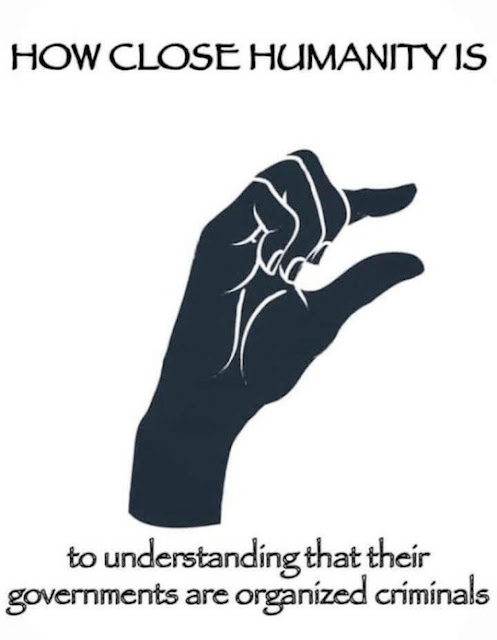









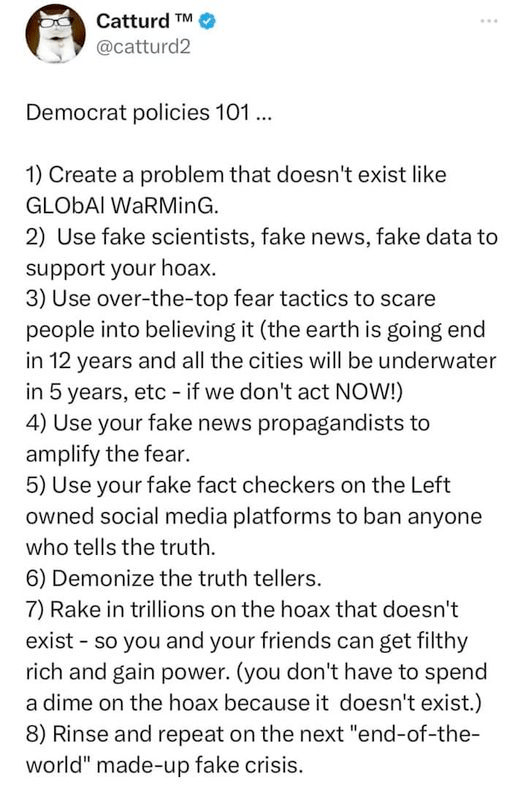



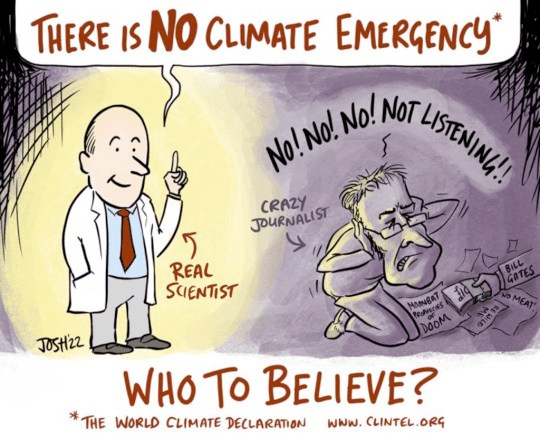
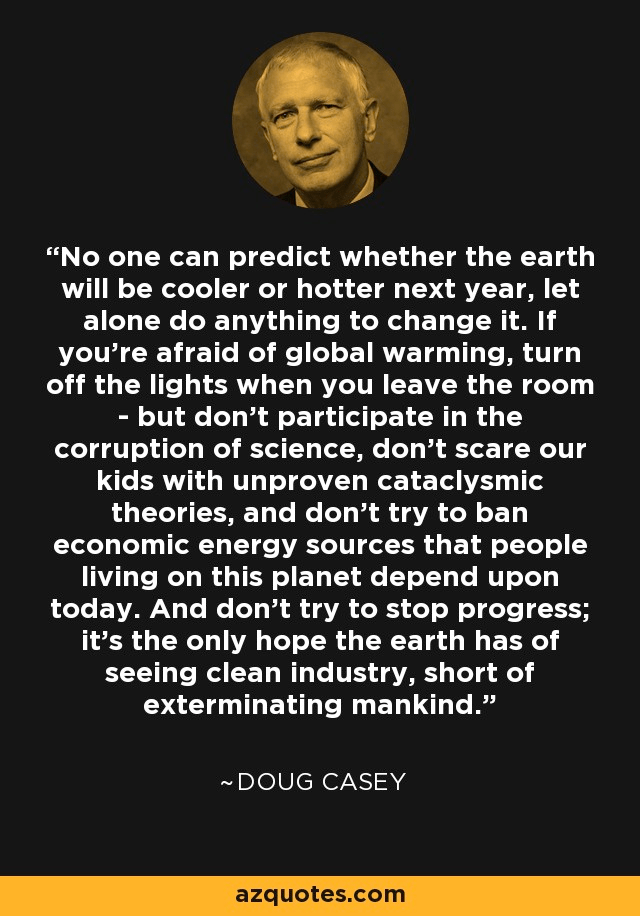



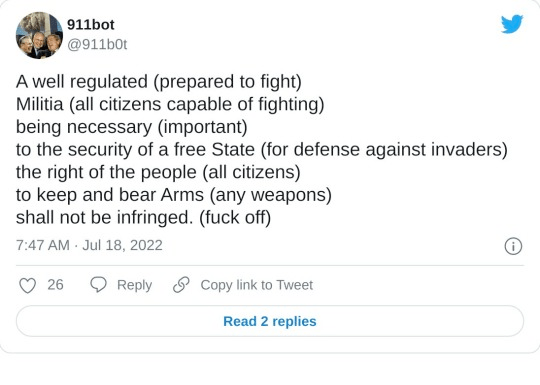
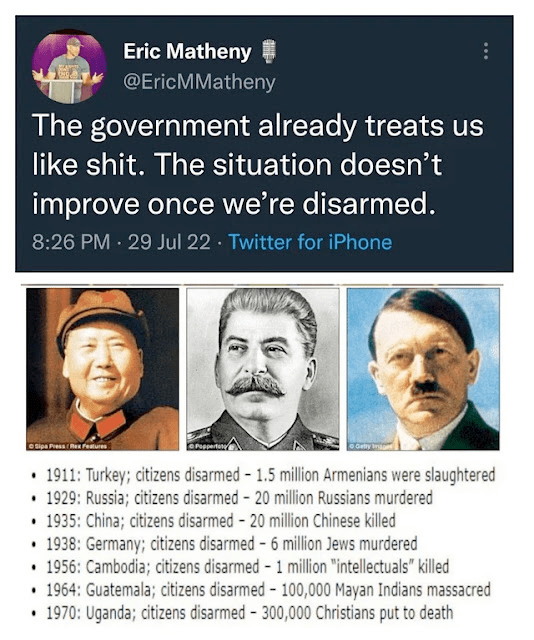

























 Question this number at your peril
Question this number at your peril
 A simplified map of the spreadsheets involved in an analysis
A simplified map of the spreadsheets involved in an analysis

